Our planet is like a giant puzzle, and every species is a piece that fits snugly into its unique spot. From the buzz of honey bees doing their pollination dance to the epic salmon migrations, these critters aren’t just cool; they’re crucial to how our world works. Let’s take a closer look at 15 amazing animals and organisms that are the unsung heroes of our planet.
They might not wear capes, but they have some superpowers regarding pollination and climate control. Get to know these incredible creatures and why they’re so crucial for our environment and the future of our world.
1. Honey Bees
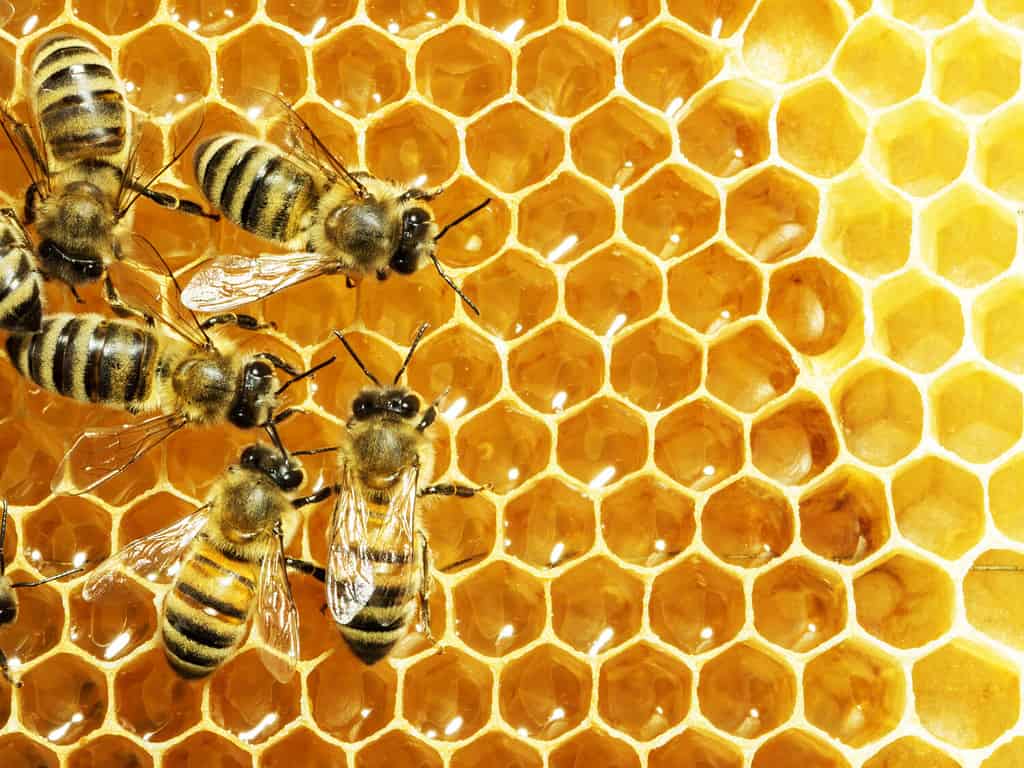
It’s fairly well-known how important honeybees are to our environment.
©StudioSmart/Shutterstock.com
Honey bees are nature’s premier pollinators, pollinating countless fruit and vegetable crops. This crucial service ensures a diverse and plentiful food supply and supports the livelihoods of numerous farmers and ecosystems worldwide.
Beyond pollination, bees produce honey, wax, and royal jelly, which have economic and medicinal value. The decline of honey bee populations would have catastrophic consequences for global food production and biodiversity.
Bees are also indicators of environmental health. Their sensitivity to environmental changes, such as pollution and climate change, makes them essential for monitoring ecosystem stability. By safeguarding bee populations and their habitats, we protect the intricate web of life that relies on their pollination services.
2. Plankton

Life would cease to exist without the existence of plankton.
©Choksawatdikorn/Shutterstock.com
Plankton may be tiny, but they have an enormous impact on the planet. These microscopic organisms, including phytoplankton (photosynthetic) and zooplankton (microscopic animals), are the foundation of marine food chains. They produce half of the world’s oxygen through photosynthesis, making them the lungs of our planet. This oxygen supports marine life and influences the climate and air quality globally.
Additionally, plankton sequesters massive amounts of carbon dioxide from the atmosphere, critical in mitigating climate change. As they absorb carbon and sink to the ocean floor, they help regulate Earth’s carbon cycle. Protecting the health of oceans and plankton populations is essential for our planet’s well-being and preserving biodiversity.
3. Coral Reefs
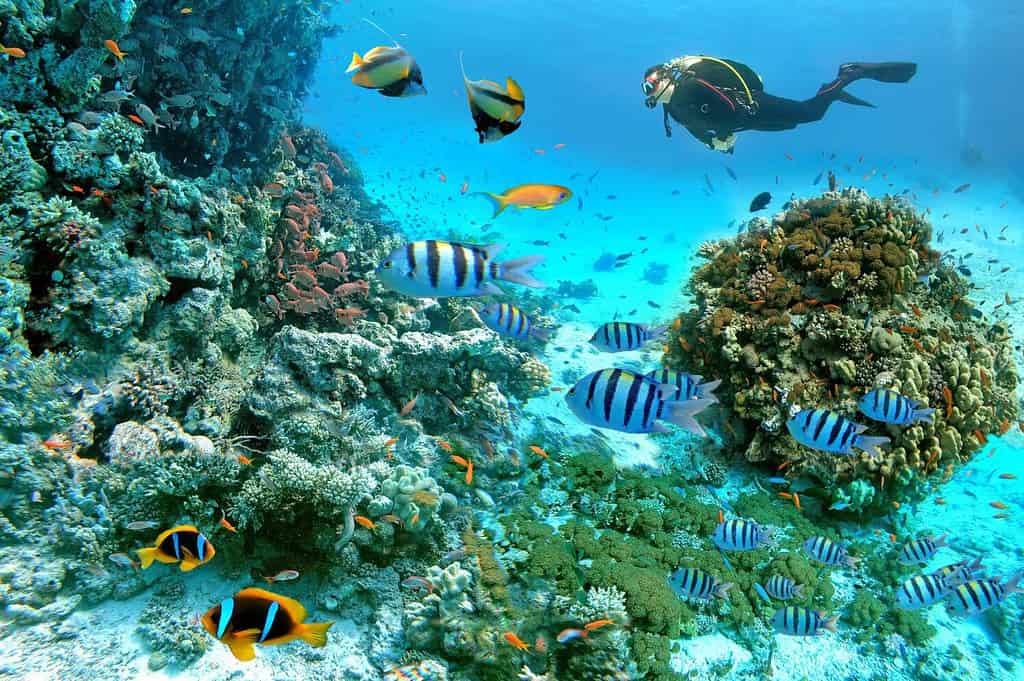
Scientists have studied these fascinating ecosystems for decades.
©branislavpudar/Shutterstock.com
Coral Reefs are not just underwater wonders; they are biodiversity hotspots that provide habitat and protection for countless marine species. These complex ecosystems are crucial for fisheries, supporting the livelihoods of millions of people who rely on seafood. Additionally, coral reefs act as natural barriers, protecting coastlines from erosion and the destructive force of storms.
Beyond their ecological importance, coral reefs are valuable for tourism and recreation, generating revenue for coastal communities. However, coral reefs face numerous threats, including rising sea temperatures, ocean acidification, and pollution. Protecting these delicate ecosystems is vital to preserving marine biodiversity, coastal communities, and the overall health of our planet
4. Elephants
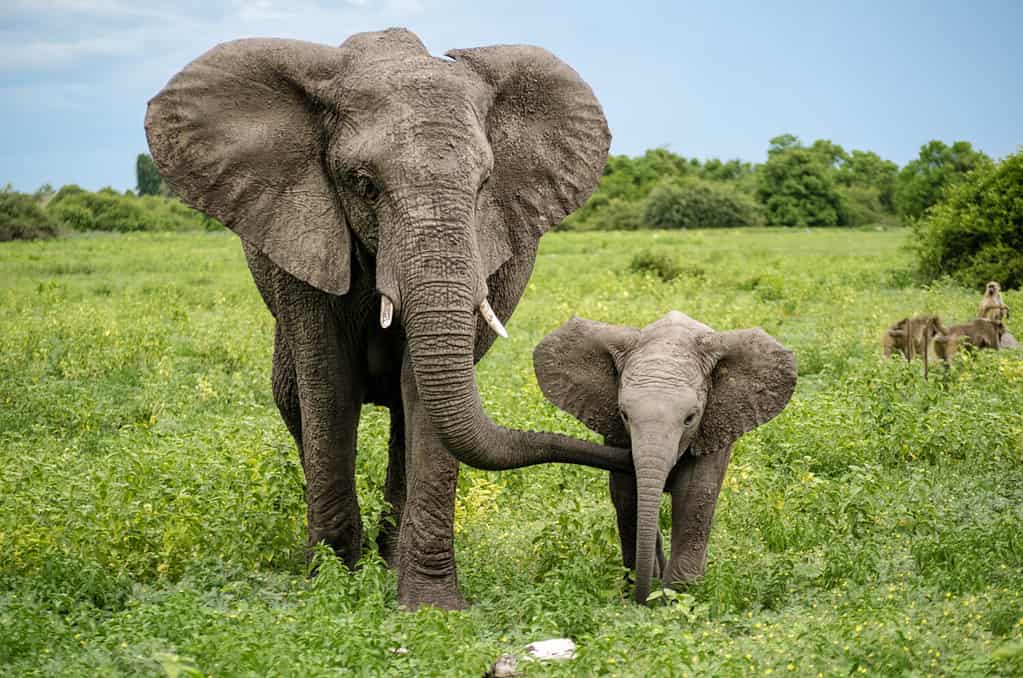
These gentle creatures show empathy and love toward their offspring.
©Aelice/Shutterstock.com
Elephants are often called “ecosystem engineers” because of their profound impact on their habitats. They disperse seeds over long distances, helping to regenerate forests and maintain plant diversity. Elephants also create water holes by digging in dry riverbeds, uncovering a vital resource for other animals during droughts.
Furthermore, their grazing habits shape landscapes, influencing the distribution of plant species and nutrient cycling. However, elephant populations are under threat due to habitat loss and poaching for their ivory. Protecting these magnificent creatures is essential for their well-being and the health and resilience of the ecosystems they call home.
5. Pangolins
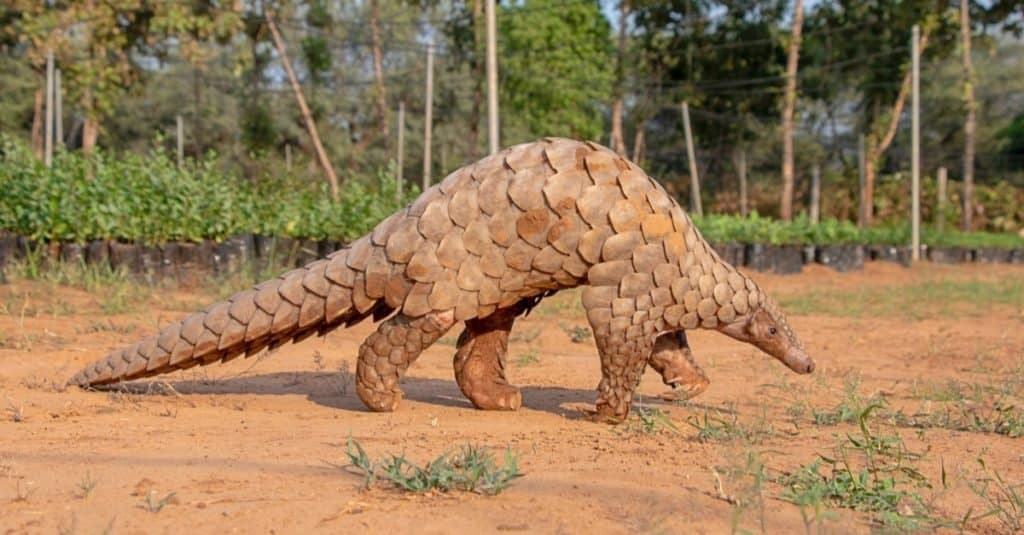
These unique creatures are one of the most trafficked mammals in the world today.
©Vickey Chauhan/Shutterstock.com
Pangolins are the world’s only scaly mammals and are crucial in controlling insect populations. They primarily feed on ants and termites, helping to keep pest populations in check. This natural pest control benefits ecosystems and agriculture by reducing the need for chemical pesticides.
Despite their ecological significance, pangolins are among the most trafficked animals in the world, primarily due to the demand for their scales and meat. Conservation efforts are crucial to protect pangolin populations and ensure their continued contribution to ecosystem balance.
6. Bats
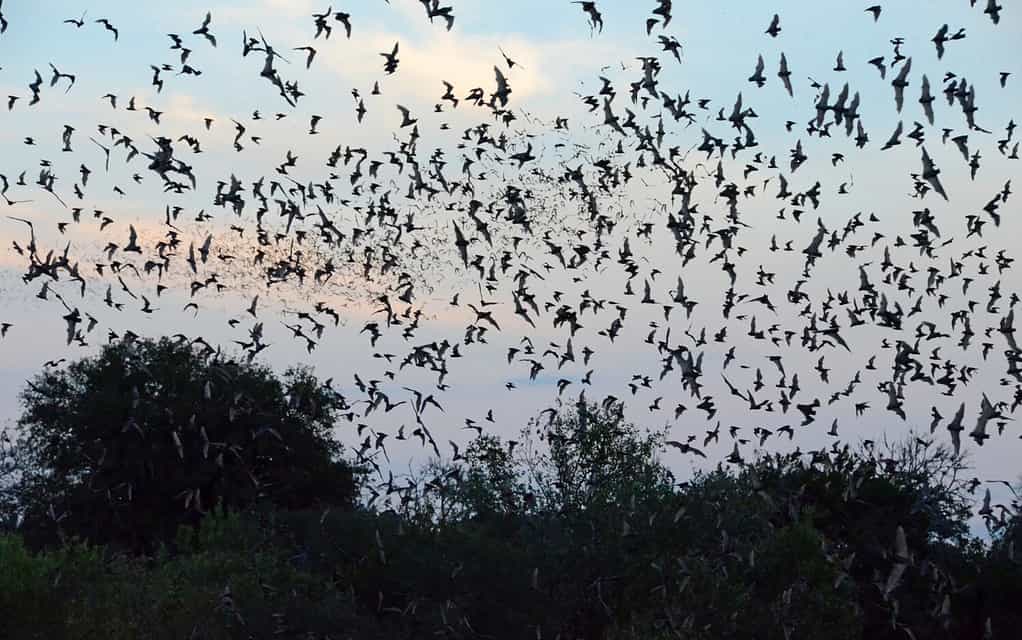
Mexican Free-tailed bats offer excellent pest control.
©Jeff Reeves/Shutterstock.com
Bats are often misunderstood, but they are essential contributors to our ecosystems. Many bat species are voracious insect eaters, helping to control pest populations in agriculture and forests. Their appetite for mosquitoes has important implications for human health by reducing the spread of diseases like malaria and Zika.
Bats pollinate various plants, including essential fruit crops like bananas and guavas. They also play a critical role in seed dispersal, helping regenerate forests. Unfortunately, bats face threats from habitat loss and diseases like White-nose Syndrome. Protecting these nocturnal wonders is vital for ecosystem health and human well-being.
7. Sea Otters
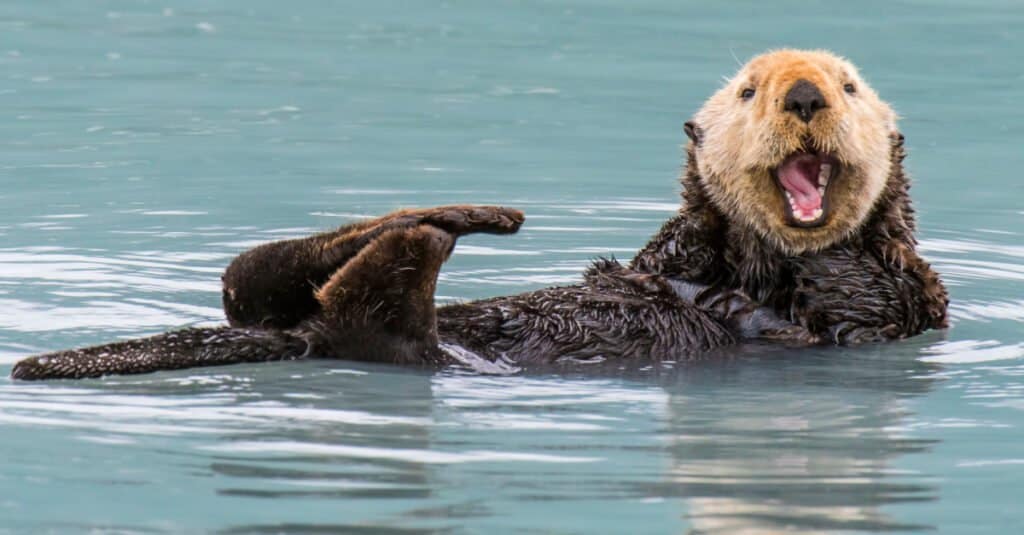
Tool use in otters is not learned. It is genetically coded.
©iStock.com/David McGowen
Sea otters are not just adorable but keystone species in kelp forest ecosystems. By feeding on sea urchins, they prevent these spiky herbivores from overgrazing kelp. Healthy kelp forests sequester carbon dioxide, making sea otters climate warriors in their own right.
Furthermore, kelp forests provide crucial habitats for marine species, including fish and invertebrates. Sea otters support the entire ecosystem’s biodiversity and health through their activities. However, sea otters have faced historical population declines due to fur hunting. Conservation efforts have helped some populations recover, emphasizing the importance of protecting these marine marvels.
8. Sharks
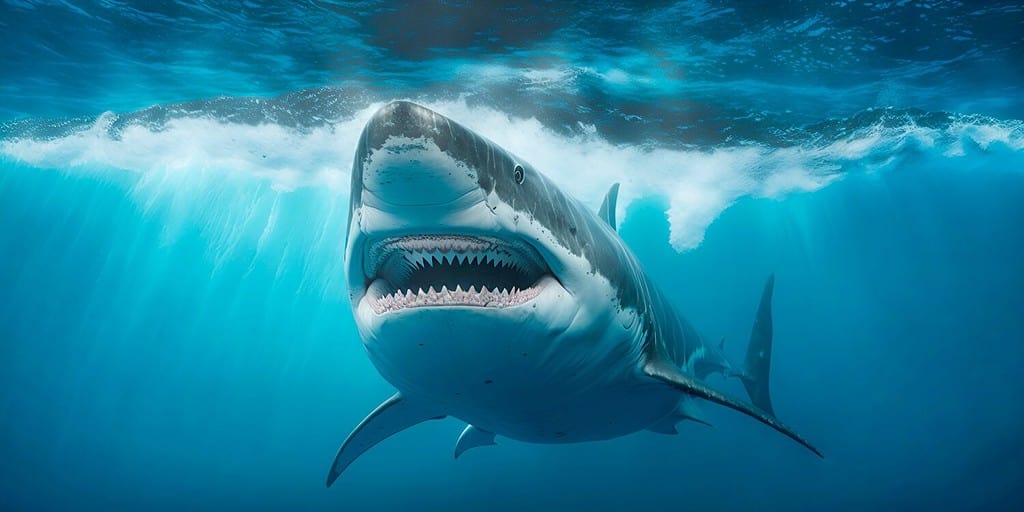
These massive creatures have between 50 and 300 teeth.
©LuckyStep/Shutterstock.com
Sharks, often feared but misunderstood, are essential for maintaining the balance of marine ecosystems. As apex predators, they regulate the populations of other marine species, preventing overgrazing of seagrass beds and coral reefs by herbivores. This control helps maintain the health and diversity of these ecosystems.
Additionally, sharks indirectly benefit the climate by keeping herbivore populations in check. If left unchecked, these herbivores could devour seagrass and algae, reducing their ability to sequester carbon dioxide. By protecting sharks, we preserve the delicate harmony of marine ecosystems and their role in mitigating climate change.
9. Tigers
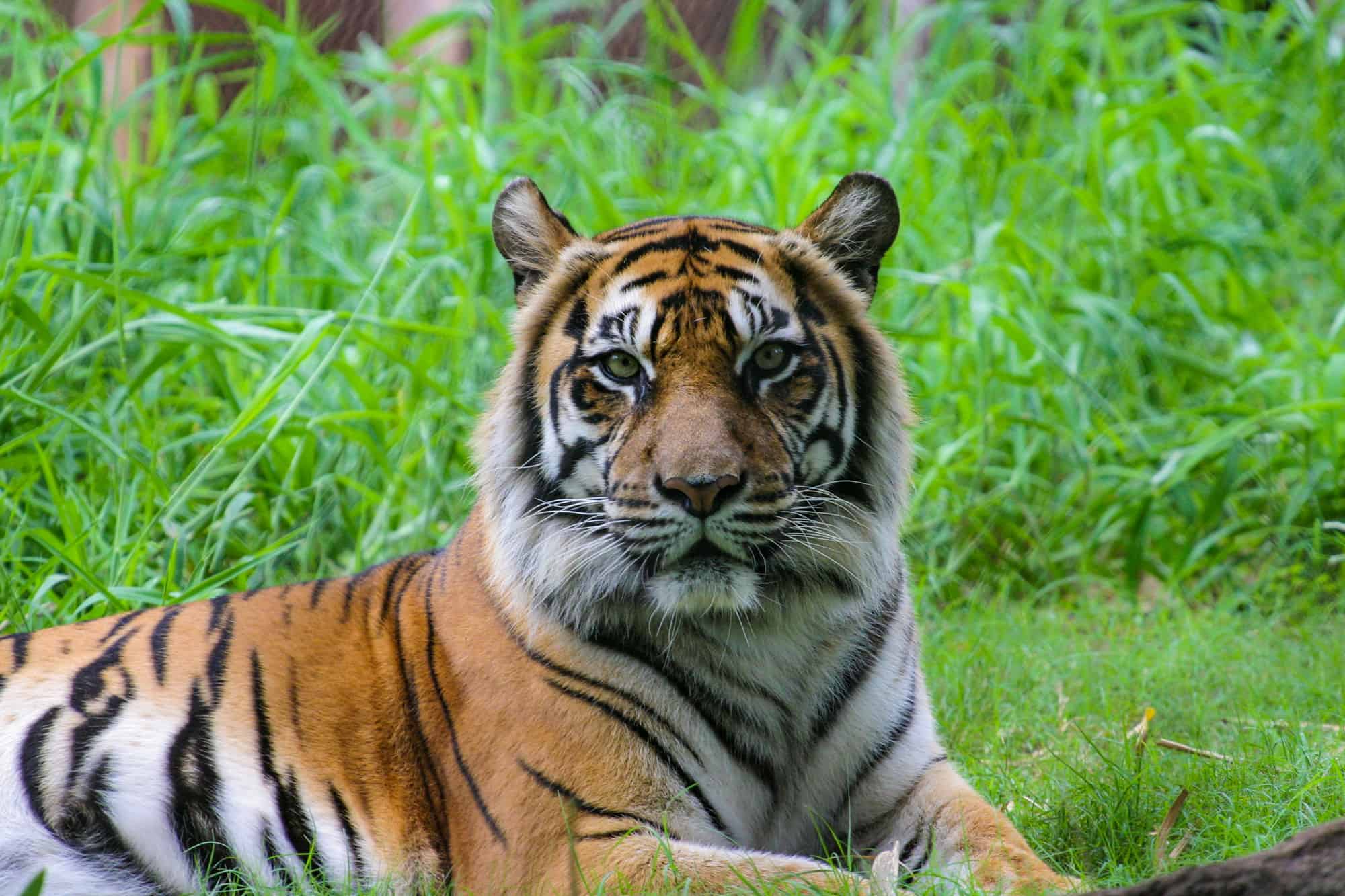
Bengal tigers rule the jungle.
©iStock.com/Henris94
Tigers, as apex predators in their ecosystems, profoundly influence their habitats. They help regulate herbivore populations, preventing overgrazing and habitat degradation. This, in turn, supports the diverse range of species that share their habitat.
Tigers also contribute to forest health by dispersing seeds through their territories. By protecting these majestic big cats, we help conserve the rich biodiversity of their habitats and the potential of these forests.
10. Sea Turtles
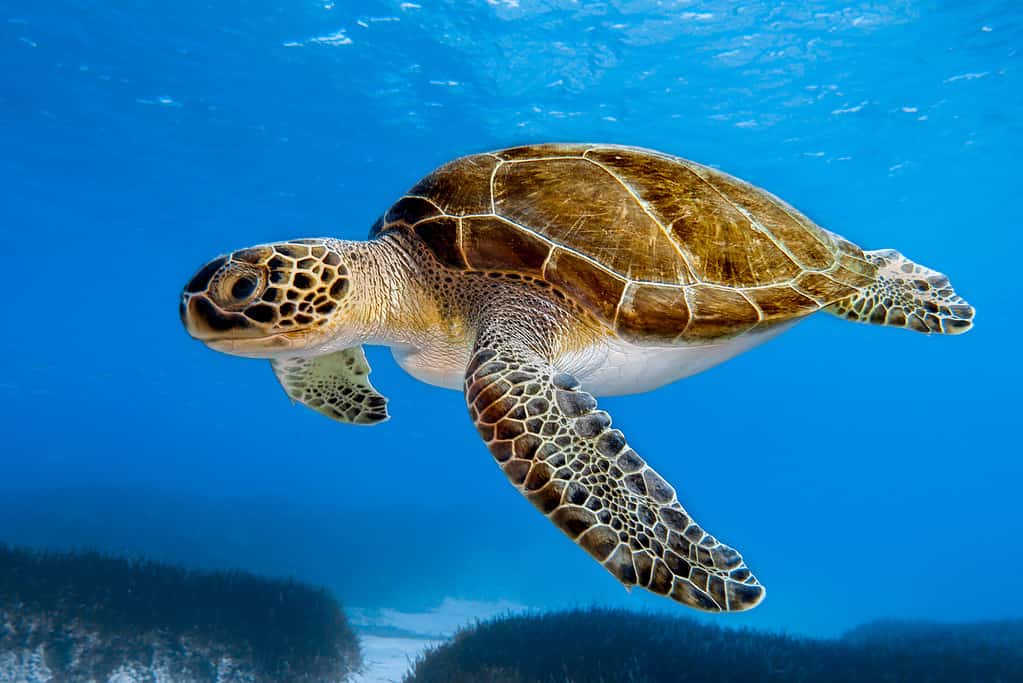
Green Sea turtles play a role in keeping jellyfish populations from overtaking the sea.
©Sakis Lazarides/ via Getty Images
Sea turtles are ancient mariners and key players in maintaining marine ecosystems. They help control jellyfish populations by feeding on them, preventing jellyfish blooms that can disrupt ocean food webs and damage fishing gear.
Furthermore, sea turtles contribute to nutrient cycling by laying eggs on beaches. Their eggs and hatchlings provide a valuable source of nutrients for dune vegetation and nearby ecosystems. By safeguarding sea turtle populations and their nesting habitats, we ensure the health of coastal ecosystems and the fisheries they support.
11. Wolves
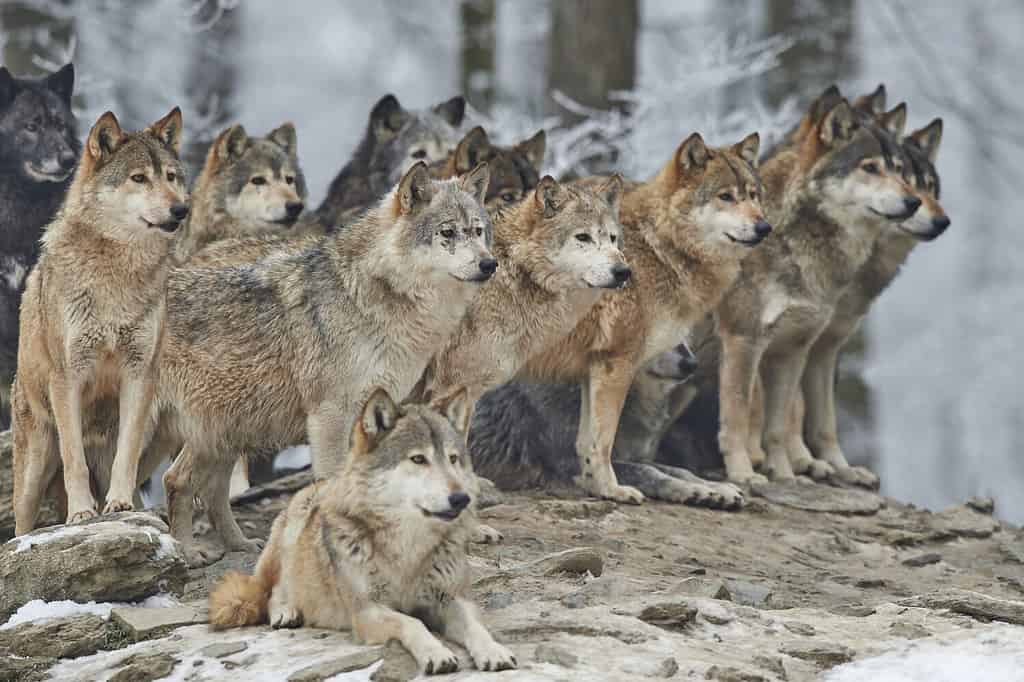
As social creatures, wolves travel in packs.
©Michael Roeder/Shutterstock.com
Wolves are apex predators that play a critical role in maintaining ecosystem balance. By preying on herbivores like deer and elk, wolves help control their populations, preventing overgrazing and habitat degradation.
This, in turn, benefits various species, from plant communities to smaller mammals and birds. Wolves’ presence triggers a cascade of ecological effects that ultimately enhance biodiversity and ecosystem resilience. Conservation efforts are crucial to protect these apex predators and their invaluable contributions to nature.
12. Ants
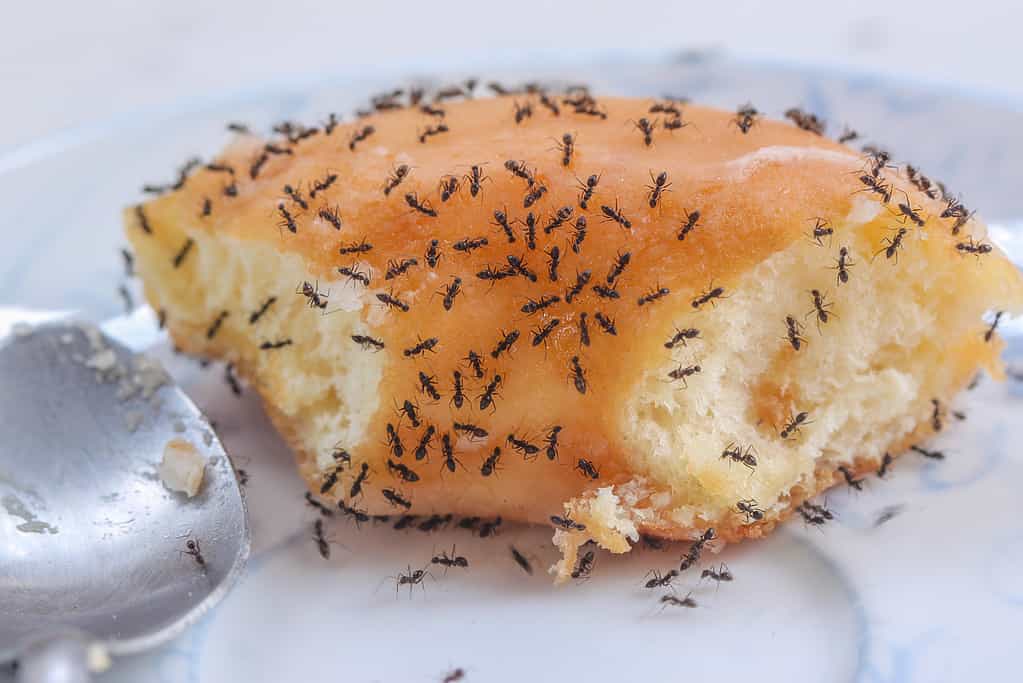
Often considered pests, ants are vital to decomposition and seed dispersal.
©DARUNEE SAKULSRI/Shutterstock.com
Ants may be tiny, but they are mighty ecosystem engineers. They aerate the soil as they dig their tunnels, enhancing soil structure and nutrient cycling. Ants also break down organic matter, assisting in decomposition and nutrient recycling.
In forests, ants are vital for seed dispersal, helping to regenerate plant populations and maintain biodiversity. Their intricate societies and activities contribute to ecosystems’ overall health and functioning. Protecting ant populations ensures the continuation of their essential roles in nature.
13. Salmon

The salmon migration helps spread important marine nutrients during their journey.
©Evan Linnell/Shutterstock.com
Salmon are remarkable fish that undertake epic migrations from the ocean to freshwater rivers to spawn. During this journey, they transport marine-derived nutrients, such as nitrogen and phosphorus, into freshwater ecosystems.
These nutrients have far-reaching effects, enhancing the growth of aquatic plants, supporting insect populations, and providing a food source for other animals. Salmon migrations are not only a testament to the wonders of nature but also a critical process for maintaining the health and productivity of freshwater ecosystems.
14. Gorillas
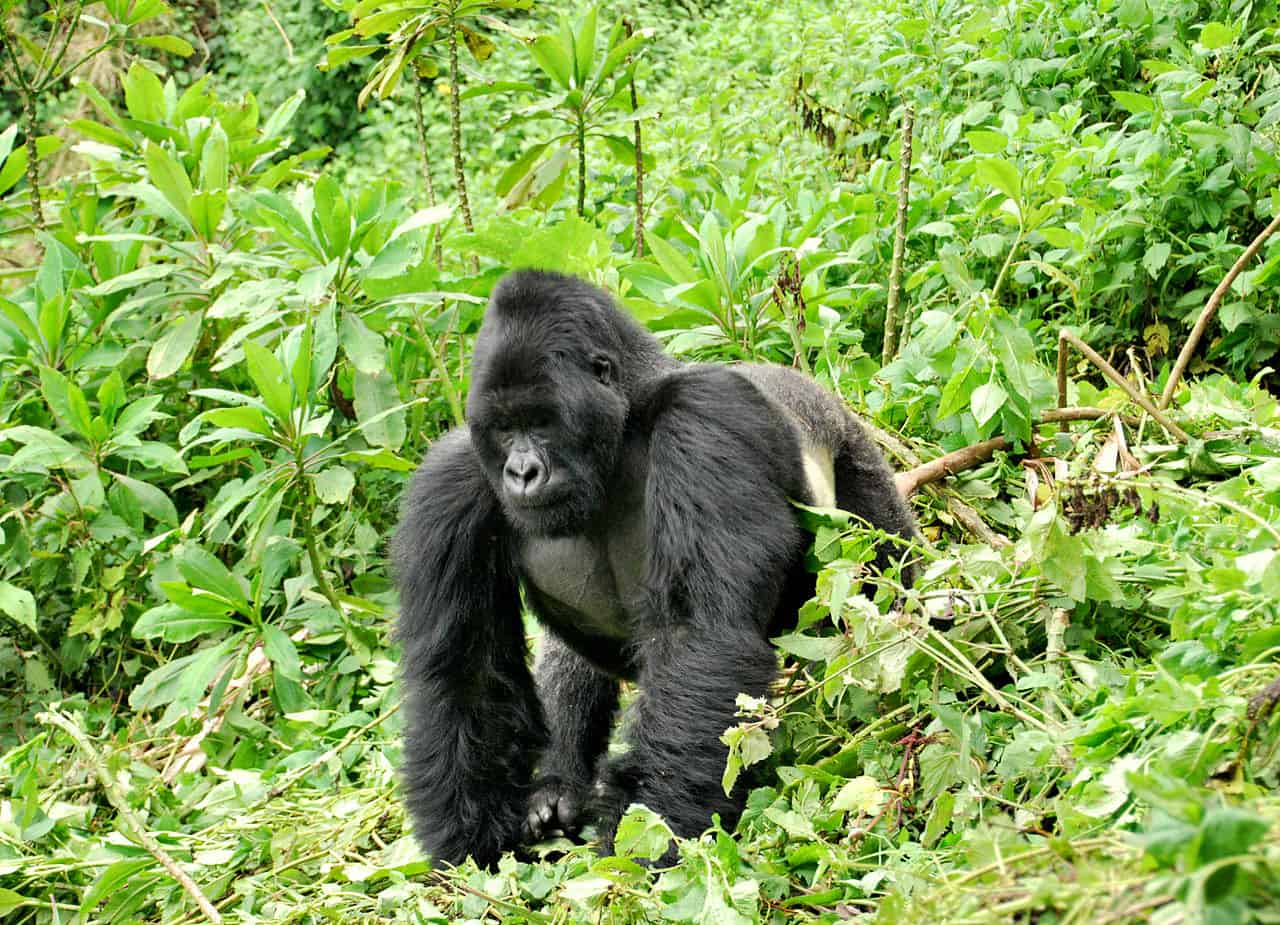
These giant forest caretakers spread seeds and ensure ecological balance.
Gorillas are known as “gardeners of the forest” because of their role in seed dispersal. As they consume fruits, gorillas help spread seeds throughout their habitat, promoting forest regeneration and maintaining plant diversity.
Additionally, gorillas shape their environment through their feeding habits, which can influence the distribution of plant species and the structure of the forest. Protecting gorilla populations is vital for preserving the ecological balance of their habitats and the overall health of these forests.
15. Algae

The starting point of the aquatic food chain begins with algae.
©iStock.com/Alexlky
Algae, including phytoplankton in the oceans and freshwater algae in lakes and rivers, are the unsung heroes of our planet. They form the foundation of aquatic food chains, providing sustenance for many marine organisms, from tiny zooplankton to large fish.
Moreover, algae play a vital role in the carbon cycle by absorbing carbon dioxide during photosynthesis. This process helps mitigate climate change by sequestering carbon and reducing greenhouse gas levels in the atmosphere. With healthy algal populations, aquatic ecosystems and the global climate would thrive.
These 15 remarkable animals and organisms are not just fascinating to observe; they are critical components of the web of life that sustains our planet. Each plays a unique and essential role, from pollination to nutrient cycling ecosystem regulation to climate mitigation. Preserving these species and their habitats is not just an act of conservation; it’s an investment in the well-being of our planet and future generations.
The photo featured at the top of this post is © metamorworks/Shutterstock.com
Thank you for reading! Have some feedback for us? Contact the AZ Animals editorial team.







